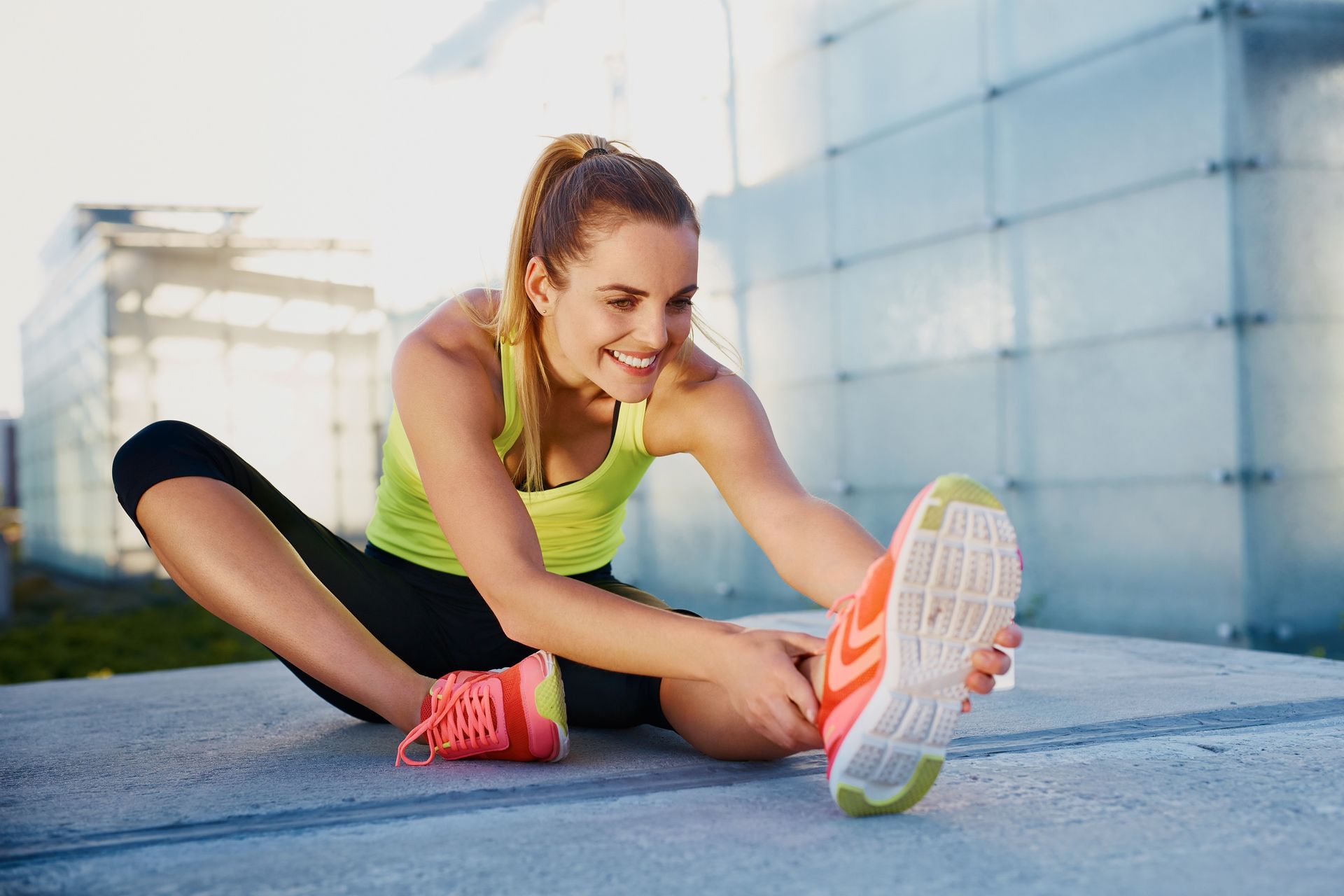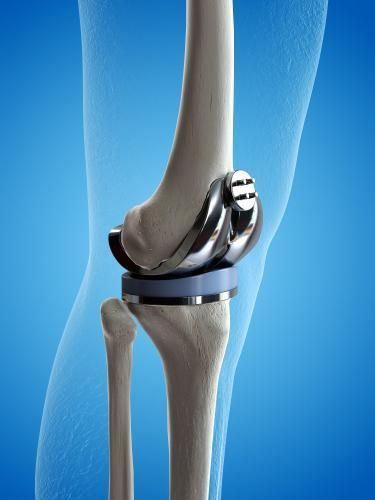Exercise During Pregnancy – FACT VS FICTION
In this day and age, it is easy to find information on exercise during pregnancy and sometimes there can be such a flood of information that the answer becomes blurred and confusing as to what is the best way to exercise during pregnancy, what should be avoided, and what should be continued. Hopefully this short blog provides a little clarity to those who are expecting along with myself. The current guidelines from the Australian Government for exercise during pregnancy recommend completing at least 30-minutes of moderate intensity physical activity on most, if not all, days of the week. If you were inactive prior to pregnancy, it is recommended to participate in activities such as walking and swimming to gradually build your exercises tolerance. For physically active individuals, activities such as walking, swimming, jogging, cycling, aquarobics, strengthening exercises yoga, stretching and Pilates are all considered safe to complete during pregnancy. It is recommended this level of activity is continued throughout pregnancy unless it becomes uncomfortable to do so.
As an Accredited Exercise Physiologist and a pregnant woman, I agree with these guidelines and would recommend them to most of my GENERAL clients I see in clinic during pregnancy. In my clinical opinion, I do think these guidelines are somewhat lenient and the target for overall activity completed should be higher, especially for individuals who are capable of achieving more or already very physically active. This is where the information becomes fuzzy for those of us that are moderately to highly active pre-pregnancy; The big question – “do I have to stop completing my normal exercise routine?” the simple answer is, no! Of course, there are some precautions that will need to be considered as you enter the later stages of your pregnancy but generally, if you have been consistently completing a certain activity and are considered ‘skilled’ in the activity, it is safe to continue to complete this until your doctor or midwife advises you otherwise or until it becomes uncomfortable to do so.
Some important things to take into consideration while exercising during pregnancy:
- Don’t let your body temperature get too high and maintain your hydration – during pregnancy you are at a higher risk for dehydration and heat stroke.
- You will experience more fatigue than normal, so try to keep your maximal intensity to approximately 75-80% of your age predicted maximal heart rate.
- Your recovery rate will be slower than normal, so you may need to reduce your weights in the gym and taper back your sessions slightly.
- Complete Pelvic Floor and Transverse Abdominus strengthening exercises over traditional abdominal strengthening exercises to reduce the risk/impact of abdominal separation.
Exercises considered ‘High-risk’:
- Exercises exposing you to abdominal trauma or excessive intra-abdominal pressure (avoid these exercises in 2 nd and 3 rd trimester)
- Contact sports or sports that have hard projectile objects or striking implements such as hockey, cricket, softball, martial arts and other contact sports (avoid these exercises in 2 nd and 3 rd trimester).
- Extreme balance, coordination, plyometric and agility-based activities such as gymnastics (avoid these exercises in 2 nd and 3 rd trimester).
- Activities such as SCUBA diving where you are exposed to changes in pressure, likewise, activities at high altitude.
- Exercises lying on your back (in 2 nd and 3 rd trimester) can reduce blood flow and cause complications.
So, in summary for my fellow pregnant ladies, if you are currently active – keep doing what you’re doing! If you are not yet active, I would advise you to get moving! If you are entering your 2 nd and 3 rd trimester and are unsure about what exercises are safe for you to continue completing, speak to your doctor or midwife, or pop in and see me at our Absolute Balance Clinic for assistance with a specific pregnancy programme. As always, before commencing any form of new exercises we recommend you seek medical clearance from your treating doctor to ensure you are healthy and ready to get started.
For more information, jump on the website www.absolutebalance.com.au or send us an email to info@absolutebalance.com.au.
Alixe Luckins (B.Sc. Exercise Physiology)
Senior Accredited Exercise Physiologist
Clinic Manager





